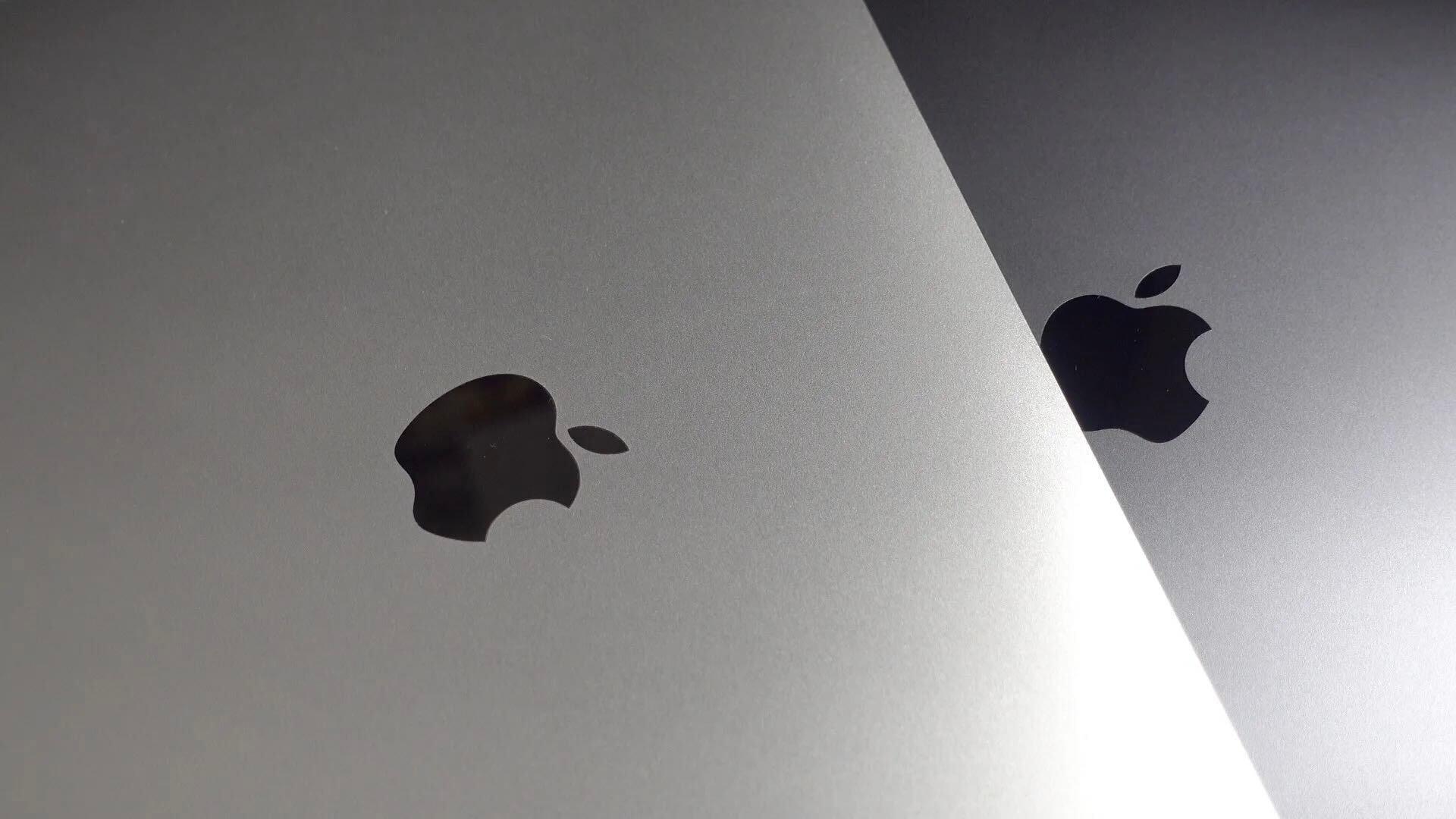

Sony’s a6300 is one of the Japanese company’s most recently released cameras and is the successor to the very popular a6000. The camera has already received a ton of praise — Jeff took it for a test drive the other week, and enjoyed its 4K shooting abilities.
One common complaint, however, is the lack of a selfie screen on the a6300. Sony missed a big opportunity by not including a built-in way for vloggers to view themselves while on camera.
The solution? Use your iPhone as a digital viewfinder. Not only will such a setup work with the a6300, but it’ll work with other digital cameras that support such functionality.
The hardware |
To begin, you’ll need a way to mount your iPhone to your camera. I opted for a hot shoe mount and tried a couple at varying price points.
This $5 mount from Amazon (pictured on my a6300 throughout) got the job done, but it wasn’t perfect. It’s worth noting that many camera stores sell what appear to be the same mount (although branded from reputable camera accessory makers) for $50 or more. As is often the case with low-cost accessories, you can get the unbranded version for a fraction of the price from various sellers on Amazon and eBay.

The phone rests in the mount, which extends on springs to accommodate various smartphone sizes. This particular mount doesn’t hold the device snug enough to prevent the phone from falling out if hit with a significant amount of force. For casual vlogging and those testing the waters, I’d begin with this $5 option, as it provides the most bang for your buck as long as you’re careful.
You’ll probably want to opt for a sturdier mount if you’re doing any sort of action shots. Using a heavy duty smartphone tripod mount like this $12 mount from Manfrotto or this one that came with a PolarPro tripod I recently tested seem like better options. If you happen to already have a mount for your smartphone for use with tripods, you could grab this hot shoe to tripod adapter to make it fit on your camera. There are more than a few options, including tripod mounts and those that come bundled with a hot shoe adapter.

I should mention that the software setup described below will work for iPads too, and you could probably attach an iPad mini to your camera with a similar tripod mount. If you have more than one hot shoe accessory, you can use an extender rig to mount multiple accessories to your camera.
The software |
For the Sony a6300, as well as the rest of Sony’s camera’s that support its Wi-Fi viewfinder feature, you’ll need to download Sony’s Play Memories iPhone app.

Once you’ve downloaded the app to your iPhone, you can initiate the connection on your Sony camera by navigating to Select MENU → [Application] → [Smart Remote Control].
Next, head over to the Settings app on your iPhone and go into Wi-Fi settings to connect to your Sony camera. It should be listed as something like “DIRECT-xxxx: xxx-xxx”. The connection between the phone and camera uses Wi-Fi Direct, which means that they connect to each other directly without needing the assistance of a Wi-Fi access point. You can use this setup anywhere you go as long as the devices are within close proximity of one another.
You have to connect like this each time you want to use the iPhone viewfinder feature, but you can speed things up a bit by adding a custom key on the camera for quick access to Smart Remote Embedded app that is usually hidden away in Menu.
When you re-open the Play Memories app on your iPhone, the camera should automatically connect and present you with the mobile viewfinder features as pictured below.
The options found on the app mirror many of the options you’ll find on your camera. Depending on what shooting mode you’re in — auto, manual, video, etc — you’ll be able to monitor and adjust main camera settings like ISO, aperture, zoom and more. You can tap on the iPhone’s display to focus, and use the virtual shutter button to engage the shot.
By drilling down into the app’s settings, you can access a large swath of camera functionality. The menus are contextual, so you’ll only see settings relevant to the current shooting mode selected.
Within the settings pane, you’ll find app-related options as well, including the ability to activate a mirror mode that reverses the image you’re monitoring on your iPhone’s screen. Sony notes this as a “useful function to shoot yourself with the camera,” aka selfie monitoring.
The app, and setup in general, isn’t perfect. It disconnects from time to time, can get a bit laggy sometimes, doesn’t carry over preferences from the camera, and most certainly won’t garner any awards for UI design. But it works well enough to make it a decent experience for vloggers, and those that wish to take selfies without needing to invest in an expensive external monitor. And it’s especially convenient and fun if you happen to have an old device lying around to make it a permanent add-on.
Be sure to check out Jeff’s recent walkthrough for more details on Sony’s a6300.
FTC: We use income earning auto affiliate links. More.







Comments